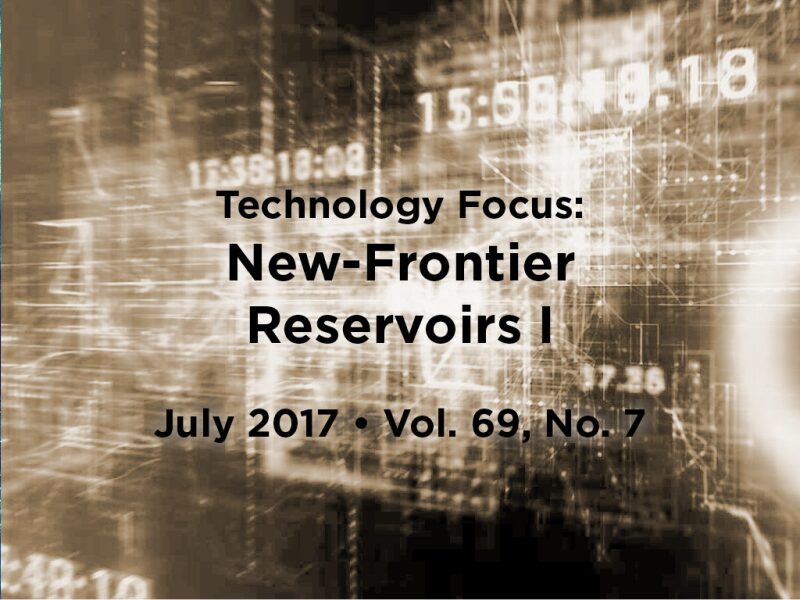The production of conventional onshore oil and gas in Australia’s Northern Territory began in 1983 from the Palm Valley Field (gas) in the Amadeus Basin. Until 2010, the industry relied on conventional oil and gas development technology, but, in recent years, the focus of the industry has shifted to unconventional-resource exploration. This paper outlines the key issues that must be addressed from a regulatory perspective in regard to the development of an onshore unconventional-gas industry in the Northern Territory.
Introduction
In the Northern Territory, the Department of Mines and Energy (DME) is the agency responsible for regulating the exploration and production of oil and gas and the administration of petroleum tenures and petroleum pipelines onshore and in designated coastal waters up to 3 nautical miles seaward from the Territorial Sea Baseline of the Northern Territory. The DME’s role is to ensure that best-practice regulatory principles are applied for the sustainable and safe exploration and production of natural resources in the Northern Territory.
In the Northern Territory, hydraulic fracturing has taken place since 1967, mainly as a process to enhance hydrocarbon production from conventional reservoirs with vertical wells.


